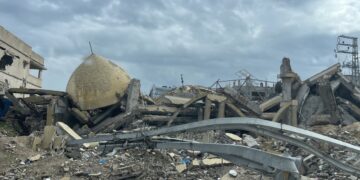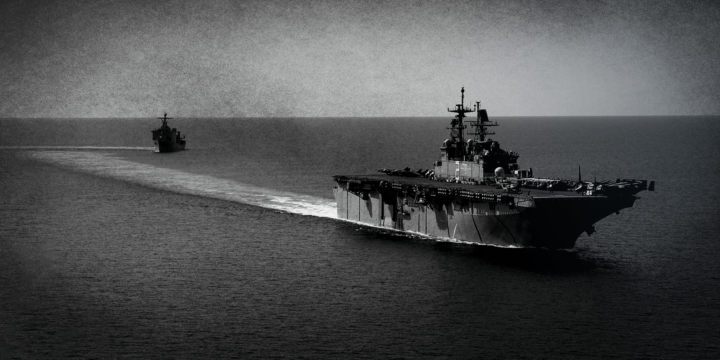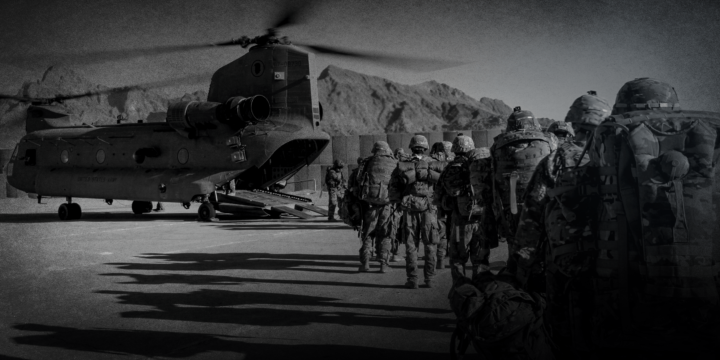May 5, 2025
In Yemen, Trump risks falling into an ‘airpower trap’ that has drawn past US presidents into costly wars
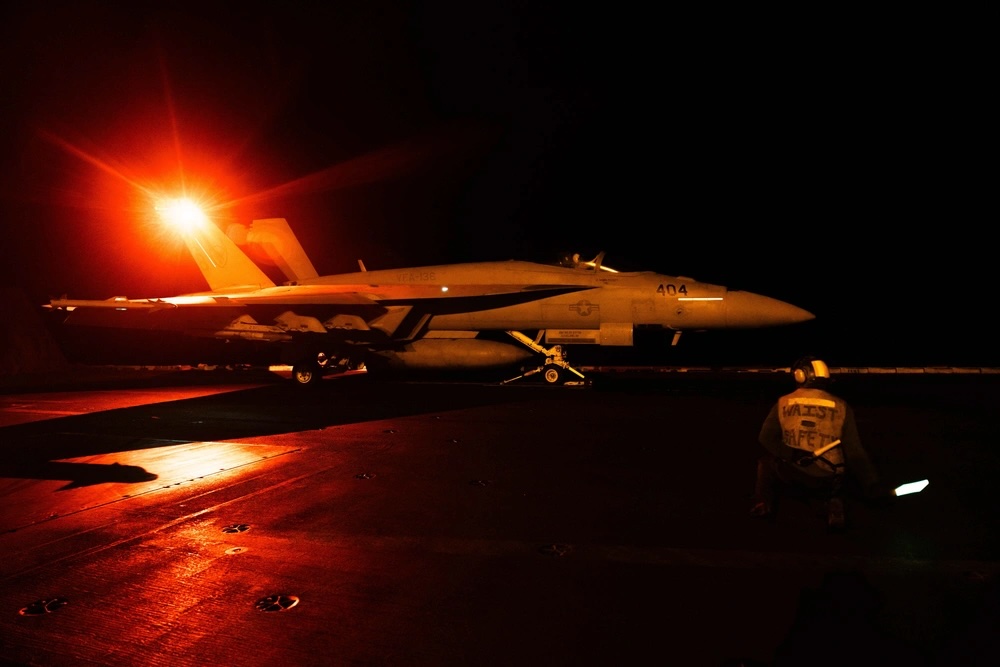
In the first 100 days of his second term, U.S. President Donald Trump has shown a willingness to lean on airpower when his administration decides that military force is necessary abroad.
So far, the second Trump administration has launched limited airstrikes in Somalia and carried out a weekslong air campaign against the Iranian-aligned Houthis who rule most of Yemen. The president has also threatened direct strikes against Iran itself should talks on a new nuclear deal collapse.
This turn to airpower for Trump makes sense to me. Airpower is cheap when compared with ground wars, and it usually comes with fewer casualties for those conducting the strikes. This helps explain why U.S. leaders, including Trump as a self-proclaimed “anti-war president,” typically find it attractive.
But if the Trump administration is not careful, it could fall into what military strategists informally call the “airpower trap.” This happens when the stated objectives of military force are too big for airpower alone to achieve, potentially leading to a face-saving escalation of conflict that could—if history is a guide—draw in ground forces from the U.S. or their local allies.
More on Middle East
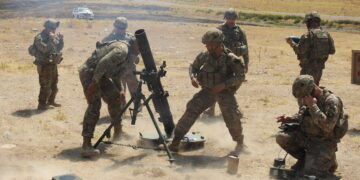
Featuring Daniel DePetris
October 8, 2025





